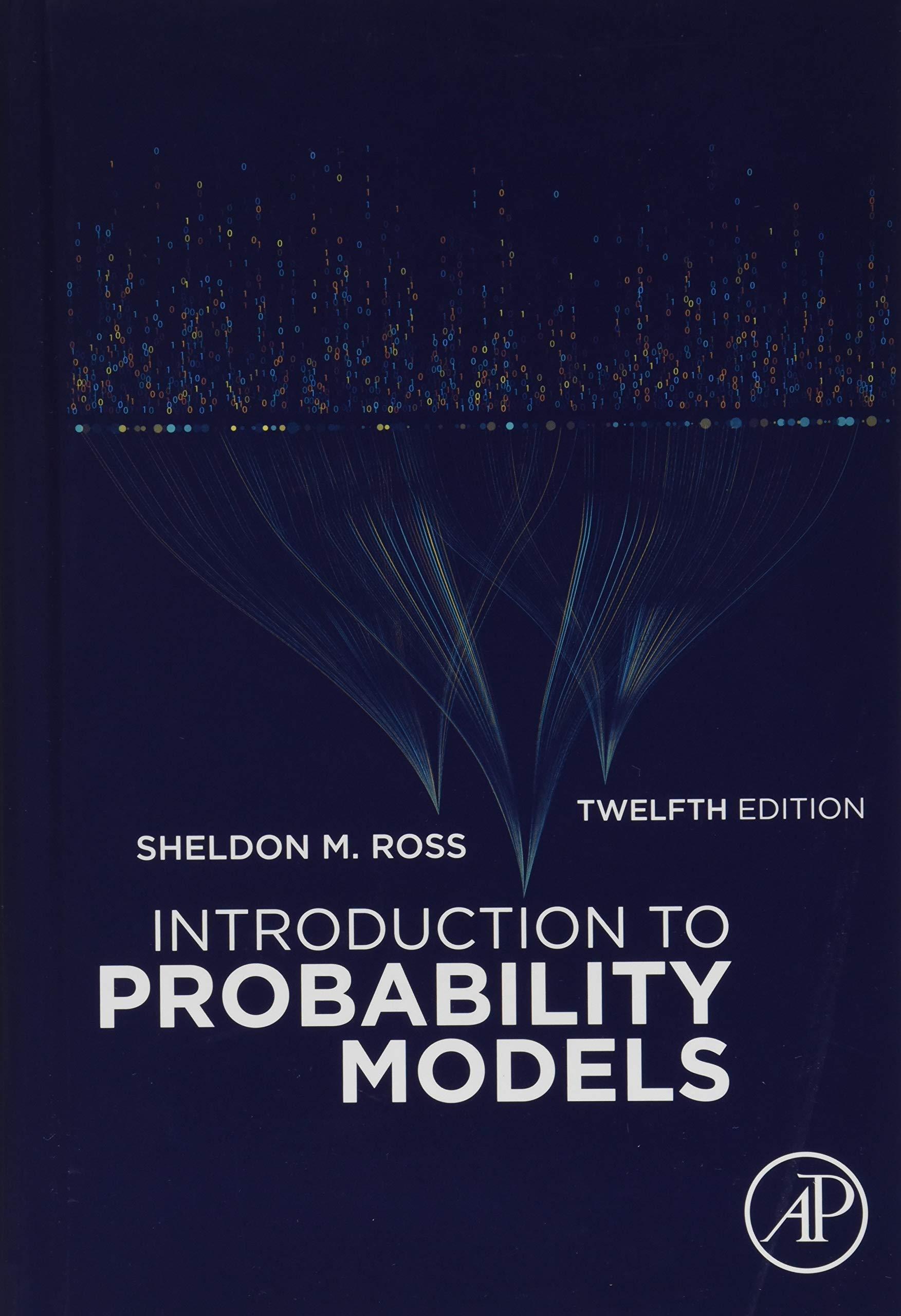Question
Please answer questions 1-5. One of the goals of social science research is to test theories. A major problem is that the most appropriate populations
Please answer questions 1-5.
One of the goals of social science research is to test theories. A major problem is that the most appropriate populations for testing theories are very large and therefore time consuming and logistically difficult to interview or even survey. Inferential statistics are powerful techniques that enable researchers to learn about the larger groups from smaller, carefully selected subgroups.
Suppose a sociology student is interested in the career paths of top sociology students who do and do not pursue advanced sociology degrees. Her theory is that those who pursue an advanced degree will make more money.
She uses Alpha Kappa Delta, the international honor society in sociology, to locate college graduates who majored in sociology. The Society database contains names of about 300,000 graduates who graduated at least 10 years ago. She selects 250 former sociology majors from the database and, using a survey, asks whether they pursued an advance degree and what their salary is 10 years out of college.
Question 1: The set of 300,000 sociology majors in the Society database is the A) Study Population or B) Sample , and the set of 250 sociology majors is the A) Study Population or B) Sample?
Question 2: Selecting the sample is very important. Imagine the student doing the study chooses to sample sociology majors who attended her university and are members of Alpha Kappa Delta but did not pursue an advanced degree. Which of the following would be true about the sample?
A. This would be a simple random sample.
B. This would be a probability sample.
C. This would be a sample of convenience.
Question 3: The best way to have a representative sample is to use:
A. Convenience sampling
B. Snowball sampling
C. Quota sampling
D. Nonprobability sampling
E. EPSEM sampling
Question 4: What is the key to this type of sampling?
A. Select the sample so that it is convenient to the researcher.
B. Select the sample so that every person or thing in the population is being chosen by coincidence rather than systematically.
C. Select the sample so that every person or thing in the population has an equal probability of being selected.
Question 5: Consider that the student obtains a representative sample. According to existing data for the 300,000 sociology majors in the Society database, former sociology students who went on to pursue advanced degrees had an average salary 10 years after college of $45,172, while those who did not pursue advanced degrees had an average salary 10 years out of $54,323. However, according to the data she collects on the 250 sociology majors, former sociology students who went on to pursue advanced degrees had an average salary 10 years after college of $43,294. Those who did not pursue advanced degrees had an average salary 10 years out of $49,830. Which of these would be called a population parameter?
A. Former sociology students who went on to pursue advanced degrees had an average salary 10 years after college of $43,294.
B. Former sociology students who went on to pursue advanced degrees had an average salary 10 years after college of $45,172.
Step by Step Solution
There are 3 Steps involved in it
Step: 1

Get Instant Access to Expert-Tailored Solutions
See step-by-step solutions with expert insights and AI powered tools for academic success
Step: 2

Step: 3

Ace Your Homework with AI
Get the answers you need in no time with our AI-driven, step-by-step assistance
Get Started


